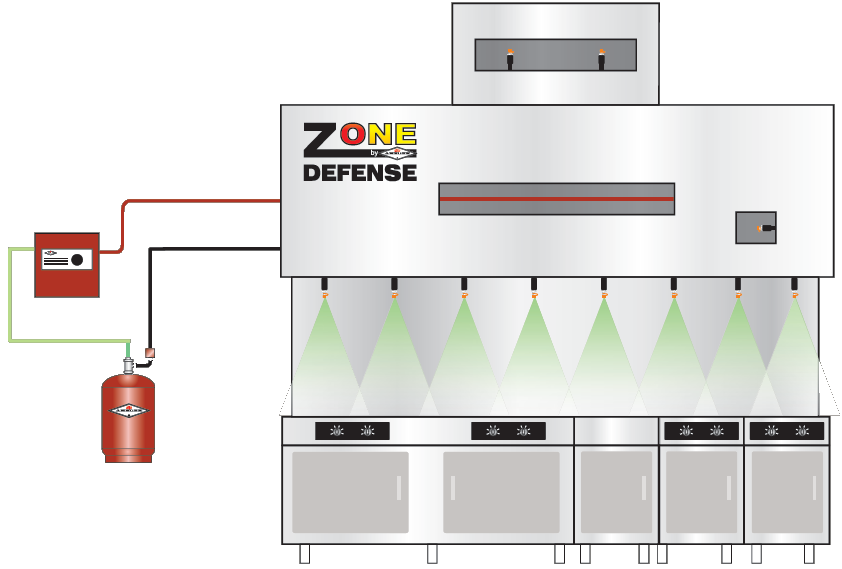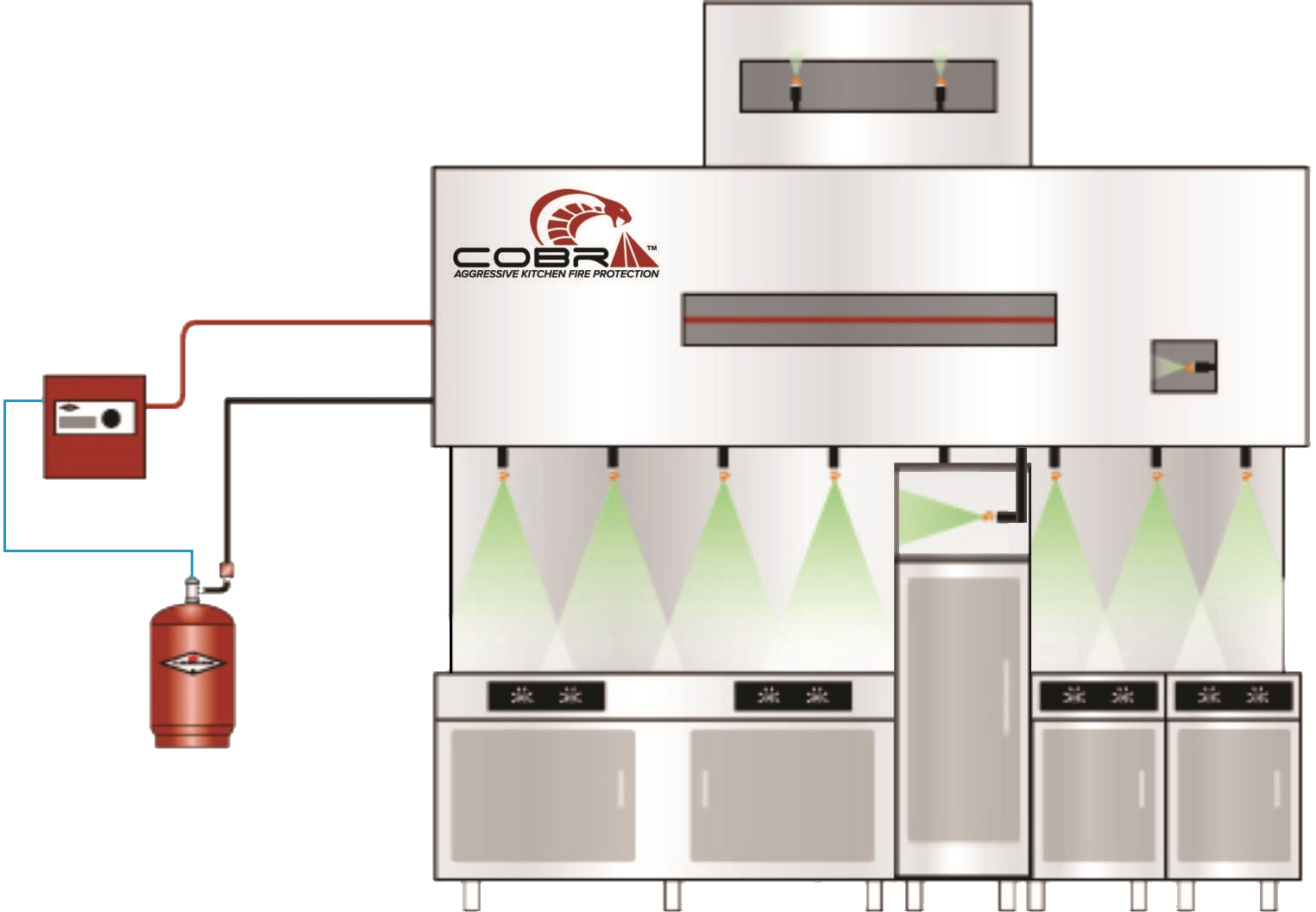| AMEREX WET CHEMICAL RESTAURANT KITCHEN PROTECTION | ||
|
Multiple Listings and Approvals UL- Listed and Tested to UL 300 ULC – Listed and Tested to ULC 1254.6 – 1995 LPCB – Loss Prevention Certification Board LPS-1223 – UK How the Amerex System is tested Underwriters Laboratories (UL) Amerex specific potassium acetate solution specially designed for cooking grease and cooking oil fires. Low ph HOW IT WORKS – Saponification – Creation of Foam Layer – Reduction of Oxygen – Allows Cooking Oils / Grease to Cool – Temperature Reduction Pre-Engineered System – No Hydraulic Calculations Required. Pipe Size, Pipe Lengths & Nozzles are Pre-determined. |
 |
|


